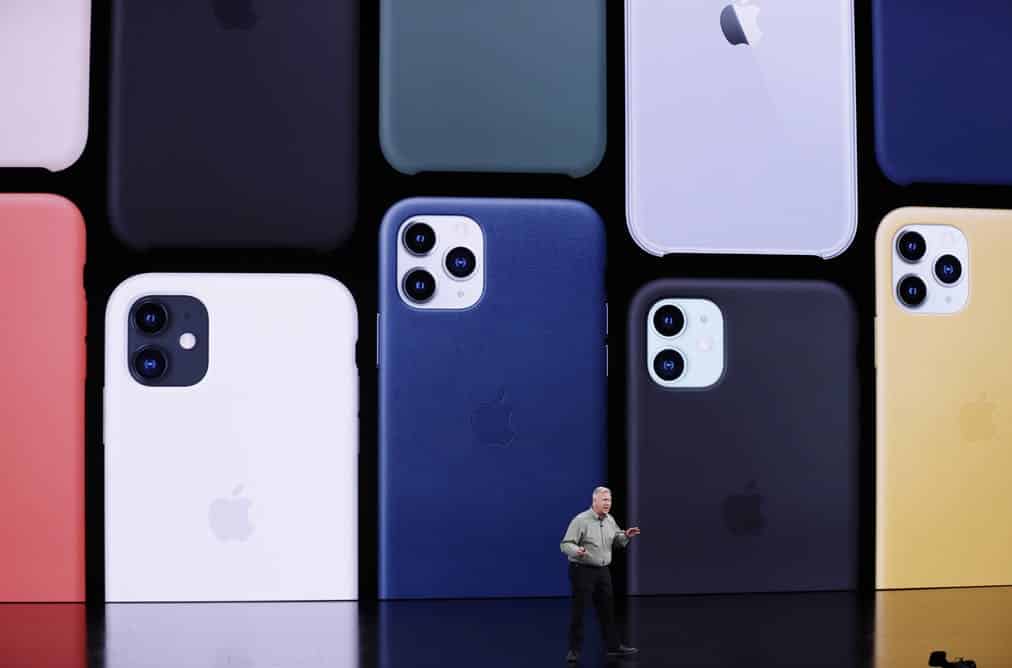In 2014, Apple quietly discontinued the iPod classic.
https://www.theverge.com/2014/9/9/4715274/ipod-classic-discontinued-a-visual-history
The company issued a short press release, and that was it. Over 13 years the iPod had
changed the world. Suddenly it was gone.
How long before Apple confirms calls time on the iPhone?
It’s almost impossible to imagine today. Apple sells more than 200 million iPhones a year.
The mobile industry as a whole sells around 1.5 billion smartphones every 12 months.
https://www.statista.com/statistics/263437/global-smartphone-sales-to-end-users-since-2007/
The smartphone is so dominant, and the industry is so huge, that we think it will be here forever.
But it won’t. If tech history teaches us one thing it’s this: everything gets replaced.
So what will come after the smartphone? It’s probably no exaggeration to say this is a trillion-dollar question.
Think about the smartphone ‘ecosystem’. Yes, it supports many huge manufacturing companies (Apple, Samsung, Huawei, Oppo etc), but it also supports Uber and Instagram and Spotify. And then there’s Beats. And TikTok. And Asos. And thousands more.
Including Basebone.
The smartphone fuels a vast economy and every stakeholder will be affected when customers move to a new form factor.
To be fair, there is little sign of a change in the short term. Yes, smartphone sales are flat in
2019. Gartner the market will decline by 2.5% in 2019. However, this is not because
consumers are losing interest in smartphones. More likely, it’s because the products are so
good that people don’t feel the need to replace them.
But to repeat, this won’t last.
Why? Because it’s the behaviour that counts, not the device. People don’t buy smartphones
because they like smartphones. They buy smartphones so they can take selfies, read the news, follow maps, watch videos, message friends.
Today, the smartphone does these things best. When a better way comes along, they will
replace it.
So, what with?
The most popular theory is that the post-smartphone product won’t be one product at all. It will be many of them: a watch, eyewear, body sensors, earphones – all working together to form a ‘Personal Area Network’ (PAN).
This theory is based on the idea that processing power will keep improving, batteries will get better and 5G will bring super-fast connectivity everywhere. We will be permanently connected to a vast world of ambient computing intelligence. Your family of devices will help you make the most of it.
Consider this example. Imagine you are on holiday overseas. You see an interesting building. In2019, you pull out your smartphone and type things into Google in the hope of finding out what it is.
Post-smartphone, you look at the building through your glasses. Your PAN knows where you are and what you are looking at. You ask out loud ‘what is that?’. Your voice-recognition enabled headphones hear the question and give you the answer. Through your smart glasses, you see overlaid graphics and video.
Are the seeds of this future being planted now?
Some analysts think so. They argue that Apple is building towards it with Siri, AirPods and
Apple Watch. And there are constant rumours about Apple building augmented reality glasses to add the last piece of the jigsaw.
https://mashable.com/article/apple-ar-glasses/?europe=true
Of course, it’s not just Apple. SnapChat has had two attempts at launching its smart Spectacles, while Facebook is still trying to work out what to do with its Oculus VR headsets.
Then there’s Magic Leap. This Silicon Valley startup has raised a staggering $2.4 billion in
funding to design smart glasses that send 3D images straight into your eyes. It wants to
combine its headsets with what it calls ‘spatial computing’ to deliver new ways of interacting with the world.
Rony Abovitz, CEO of Magic Leap, says: “2025 to 2030 will become the beginning of the golden era of spatial computing. 2030 and beyond will be a world that will feel many decades away from 2019.”
https://www.magicleap.com/news/news/magic-leap-launch-one-year-anniversary
Maybe. Maybe not. There are so many potential barriers to all these post-smartphone ideas.
Batteries, for example. Will they be small enough and powerful enough to do the job? No one wants to charge half a dozen devices every day.
There’s the social factor. Do people want to walk around with a heavy headset on? How can we know what headset-wearers are looking at (or recording) when we are talking to them?
This awkwardness was one of the main reasons why Google failed with Glass.
https://nymag.com/intelligencer/2019/01/google-glass-is-still-around-in-2019.html
There’s also data. If our watches, wristbands, earphones and glasses are connected to the
cloud, they are connected to a cloud provider. We might well ask: what is that company doing with our data?
None of these issues have been anywhere near resolved yet. That’s why we can assume many more years of smartphones. The cameras will get better. The bezels will disappear. But they will still be smartphones. And you will still panic when you can’t find yours.
